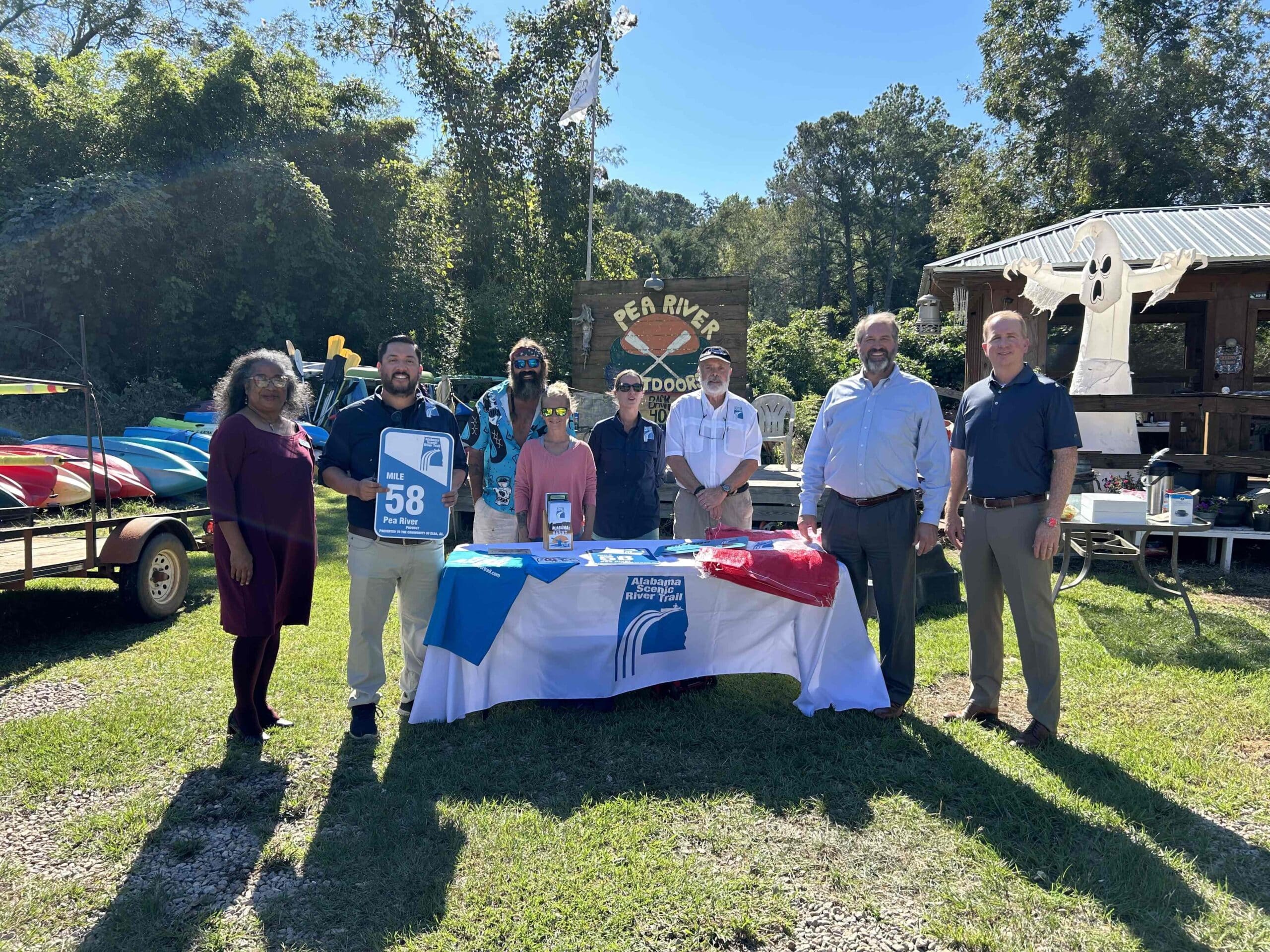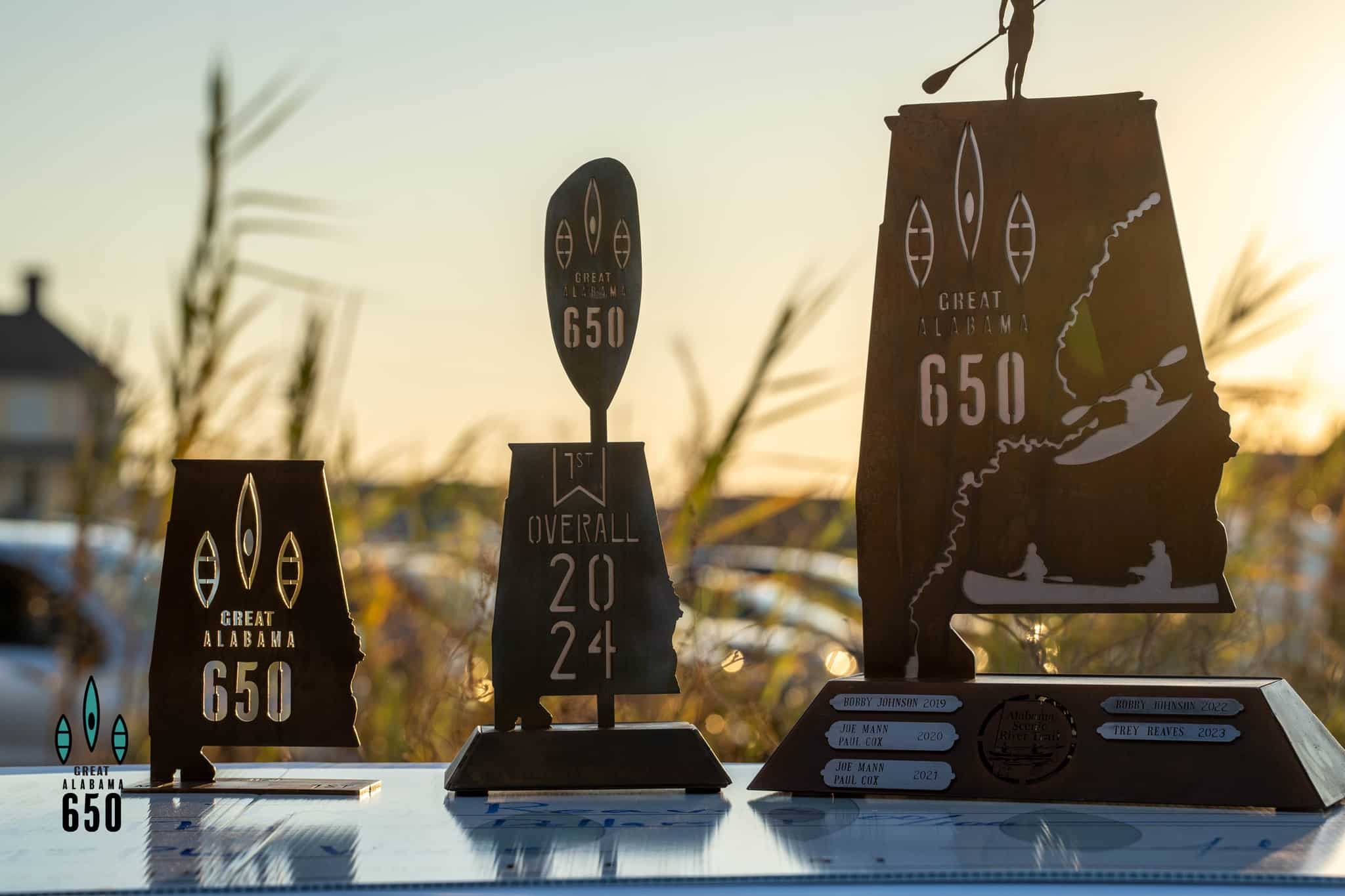Press Release FOR IMMEDIATE RELEASE October 11, 2024, at 3PM Pea River Becomes Alabama’s Safest…
The Riverbum Blog
Information about ASRT's efforts on Alabama’s rivers, creeks, and streams.
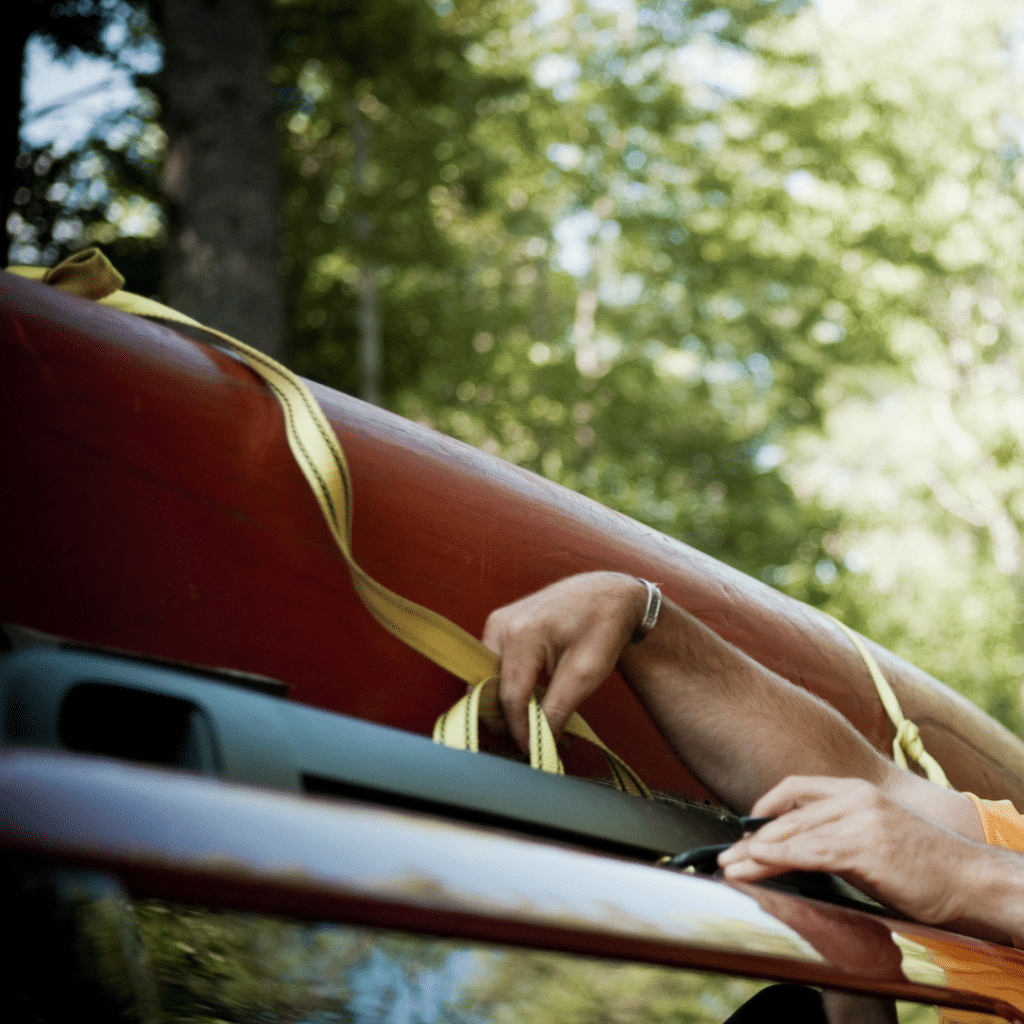
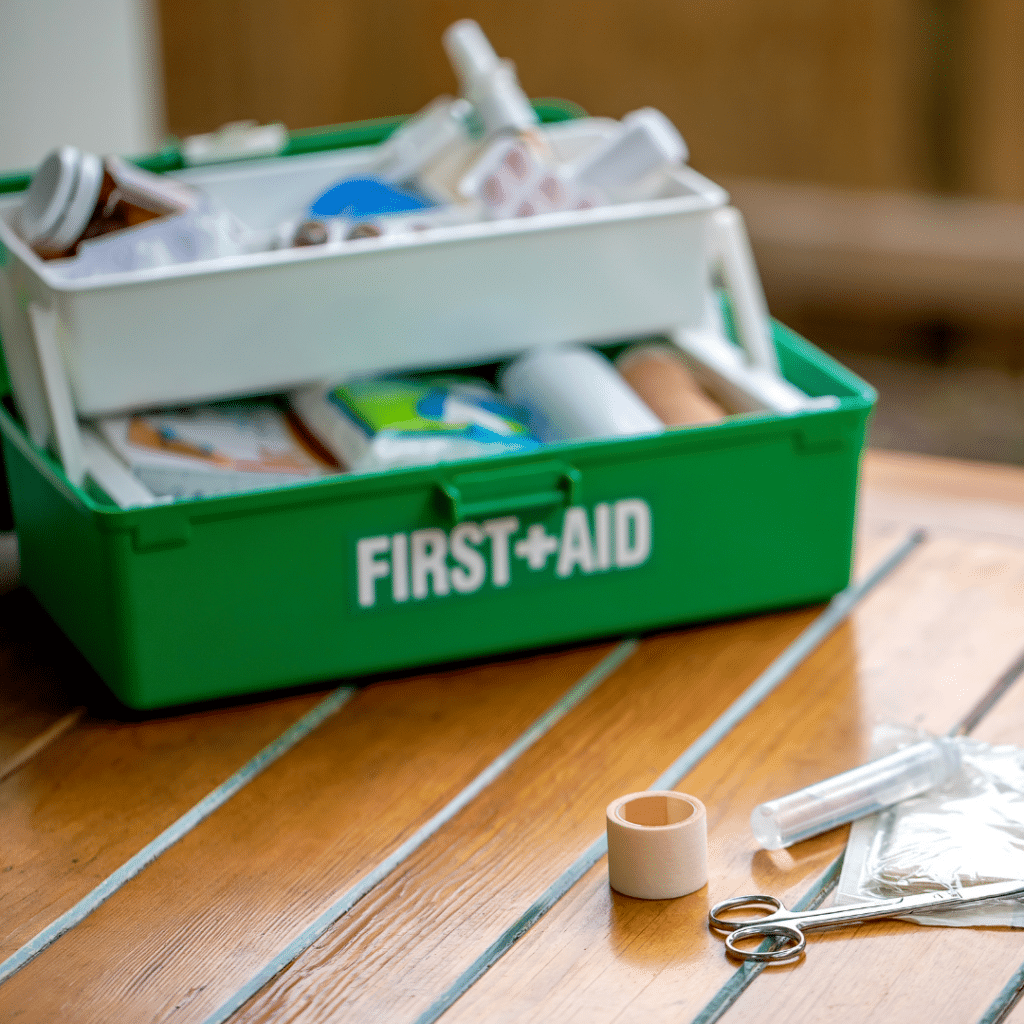
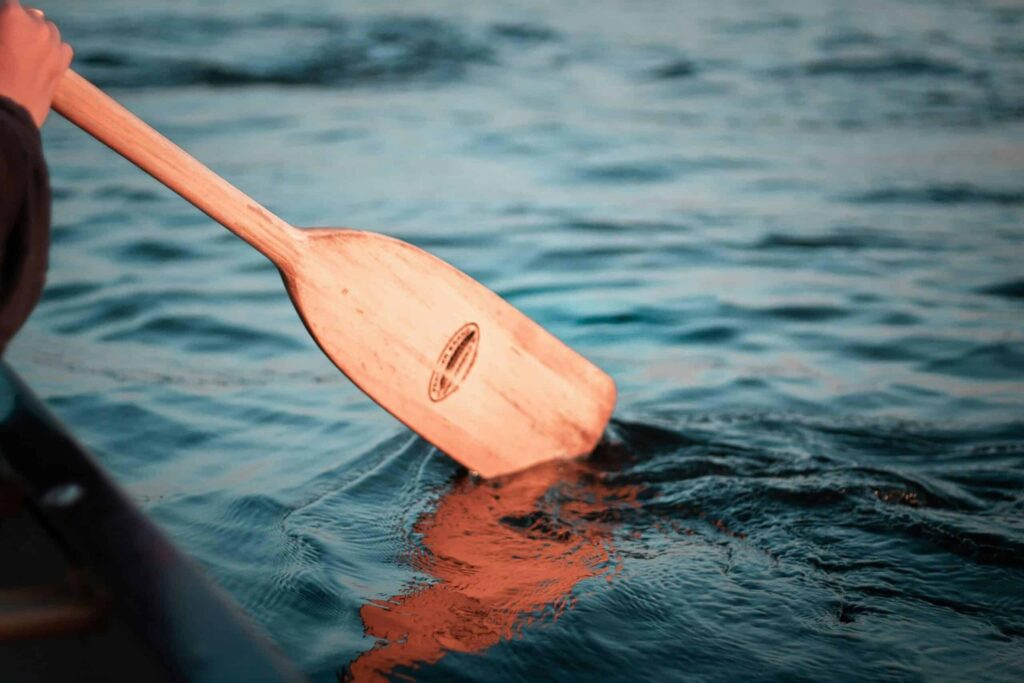
Essential Gear & Tips for Safe and Savvy Paddling Adventures from Fred Couch
Whenever you are paddling, you want carry-a-long items handy but not in the way, which may be a conundrum to understand. After years of paddling intense whitewater, slow, old, lazy day trips, and leading expeditions, here are my hints for you.
These days, smartphones are useless if they are tethered anywhere except to you. Put it in a waterproof case of your choosing that either fits under the inside of your lifejacket or in a pocket of the jacket. I cannot emphasize enough the importance of ”wearing” – as I regularly receive death/accident reports nationwide, the majority were not wearing. If the comfort bothers you, find one that is. No one intends to drown … never leave the riverbank without wearing.
So what else do I take along, and how do I fasten it?
- Sometimes, a phone is not always secured to the shoulder strap with a sturdy cord just long enough to take pictures (on a small trusty carabiner) and use while in the waterproof pack (which floats if ever it gets loose). In lieu of that, I have a small waterproof camera and/or a small GPS unit. BUT, always tell someone at home where you will go and when you will return.
- A small med kit secured by a short cord and/or carabiner under my seat. On intense whitewater trips, the kit is larger but still under the seat. On expedition trips, it’s a massive fishing tackle box with bandages, medicines, air splints, dental repair, to sutures – a variety secured in the front of a canoe or kayak. That tackle box which I keep in my truck I will be in another article someday.
- A Spectra throw rope in a bag and carabiner hung on the left side of my canoe seat or behind me in my kayak. For decades of teaching in excess of 12k adults and kids, practice on how to throw, quickly retrieve, and loop for another throw is a talent you, too, must know. I have saved/been saved by such in some very trying situations – you be that person as well. Never paddle with people who do not also have a throw rope – if they don’t care enough to have one to save you, teach them, or find other people. I have three different bags – a 50-foot, 6,000-pound test; a 75-foot, 6,000-pound test; and sometimes a 25-foot nylon, 3,000-pound test, attached to my waist = this one is only usable/not universally advisable after you graduate from a Swift Water Rescue course. On the other canoe gunnel, I have a plastic item where I can secure a rope when towing someone – it is configured to be able to quickly remove, too.
- Two extra carabiners (one lockable), both 6,000-pound tests, and two Prusiks for making Z-drags. This is a method of increasing the pulling strength of your throw rope to nine (yes, 9) times its normal capacity. Watch a YouTube Video about it and practice until you know how to do it at night without a flashlight. Excellent for pulling a canoe full of gear out of a rock-strewn rapid or securing a line to save folks. These are in a dry bag, attached to a canoe crossbar with the roll-top closure buckle.
- In intense, especially rocky trips, wear a helmet, and fasten it. If you unbuckle it at lunch, take it off – this will ensure you re-buckle it, which is vitally important. The first hit will loosen it or take it off; the second hit will probably not survive.
- Lunch or a snack can be fastened just about anywhere using the snap buckle closure of the roll top of my small dry bag, the same as the prusik bag.
- A small tarp or cheap plastic raincoat and a long-sleeve, hi-tech thermal shirt that will warm me. If you are going into cold waters or out on a brisk day, add a nylon jacket. If you get immersed, the combo of the shirt & raincoat/jacket under your life jacket will promptly warm you. Put it in a dry bag with your lunch/ or a similar dry bag.
- Sun lotion, bug lotion, hat or cap – the lotions are in a lifejacket pocket; there are nylon crush-able, thermal hats if you want to put it in a dry bag. I rarely wear or take sunglasses, but I’m told I should but so many end up as trash that if you’re going to take a pair– ensure that you always have a lanyard that attaches them to your nek and that has a strong rubber grip on the glasses themselves.
- As I am primarily a solo canoeist, large volume airbags are in each end secured with small cords crisscrossed over them to (a) fill the space, (b) increase flotation, and (c) deflect waves. I like Harmony and NRS quality bags. When driving, deflate them a little or a lot – when arriving, have a pump or a lot of lung-air time. In my expedition kayak, my holds had bags that could be blown up after installing all the gear – which I highly recommend. Smaller kayaks, too.
- Spare paddle – I have a custom, made-by-me, flat therafoam to slide the canoe blade into on the front of my canoe, with twist cords on the inside right of my canoe to secure the handle – I can quickly access it – it also will not come out if I capsize. I have a plastic clip on the left gunnel to secure the other paddle when resting/floating. I usually take a collapsible, angle rotational kayak paddle, which I secure under the rear airbag cords.
- Dry-Bag: In a kayak where you are sealed in with a skirt, the dry bags can be behind your seat. On sit-on-top kayaks, you need u-clips screwed to the deck that will accommodate the carabiner’s size. On expedition trips, I have a bag secured right in front of me on the sea kayak for essentials such as maps, pencil, and notebook. The massive medical kit is in the front hold.
- This is a matter of preference and experience. On my canoe, I have a ‘painter’ on each end that reaches a bit over half the canoe length, which is my holdover from years prior. My ‘painters’ are yellow, 3/4 inch, Spectra rope, 6,000-pound test. I’ve noticed that most advanced paddlers presently don’t have painters. On my sea kayak, it is a small nylon cord fed through a series of U-clips from the front to the cockpit so I can quickly access it for pulling.
- Knife – For decades, I sewed a pocket onto the left front of my lifejacket to secure a quickly retrievable Gerber knife, one that can saw through a boat if necessary. In the last ten years, that exposed notion has gone out of favor, such that I have put it inside one of the front pockets. I don’t recommend a boat knife for children under age 14 as the cognizant ability to use such a knife for correct decision-making is not typically there yet.
- Knowledge of (a) what you are about to do, (b) where you are going, (c) how long it will take, and what you will do if those first three don’t work out. The mistake most people make is getting into a waterway that is beyond their capacity, which is where things go quickly sour, multiplied by the number of people with you who lose it because you didn’t pre-prepare for them. I’ve made such mistakes and lived to be here to tell you. I’ve also been on a trip where two of us were extremely capable, but the third was not – we climbed out 400 feet up, hauling two kayaks and a canoe for 6 hours, using three throw ropes, four prusiks, and all the rappelling gear that I take on deep canyon quests. Better to be safe than sorry. Take a Swift Water Rescue Course … it will enormously expand your horizons.
